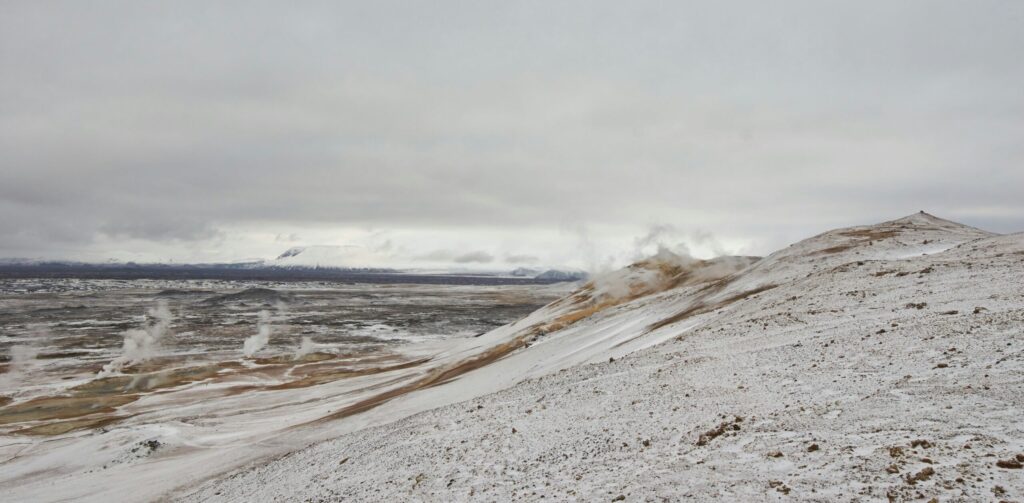And so to Bathurst NSW, to the local Agricultural Station where the daily temperature records give us a glimpse of 1920, which we here set alongside 2020 and challenge you to tell the difference. If you want to check your answer, just look below.

Here’s the answer:

Once again, while you might have guessed right, you probably had to look at the answer to make sure. Because a hundred years of warming just doesn’t seem to have made much difference.
See Comments 
1920 or 2020? Bathurst, Australia Edition
08 Dec 2021 | 1920 or 2020, Science Notes



The answer didn't show.
Same comment - no answer, but blue does seem to be warmer, even if only by a little.
I concur
It seems that 'average global temperature' is a pretty meaningless term in itself - for example picking any two polar opposite locations (antipodes) at similar latitudes - eg Oodnadatta and Ulan Bator (rough guess at lats) On the same day one might be +40 C while the other is -40C (average zero) a few months later the temps might be +20 and -20 average still zero --surely we should use degrees absolute if anything but the averaging tends to obliterate any variability .( Assuming an even gradient of temps related to latitude and solar irradiance so that any two pairs would give the same result) Obviously an extreme oversimplification with time lags and geographical asymmetries etc etc to offset seasonal figures but maybe has some validity in principle . At least 1.5 C, over 50 years, looks less impressive as part of 285 degrees absolute - not a perfect thermostat but pretty close , just what degree of thermostasis would satisfy the catastrophists ? Keep up the good work.!
Addenda to above hasty comment - I just picked two places known for their remoteness ('middle of nowhere') and guessed miserably about their latitudes (longitude is only important for diurnal variation so antipode is not so important except for geographical effects ) "Average Earth temp" is cited as 15 C - 288 Absolute -- again wrong guess, but hopefully the general idea is gotten over . Using thermometer readings and taking them at the same time of day must be only a rough approximation to the 'true' representative temperature of a place given the effects of convection on mixing and frontal passages ,wind changes and so many other factors (not including heat island effects etc etc -- the Royal society building in Melbourne , now on a traffic island between, now, heavily trafficked streets amidst concrete towers and tarmac roads was, until recently, the baseline station for Melbourne. once basically parkland .